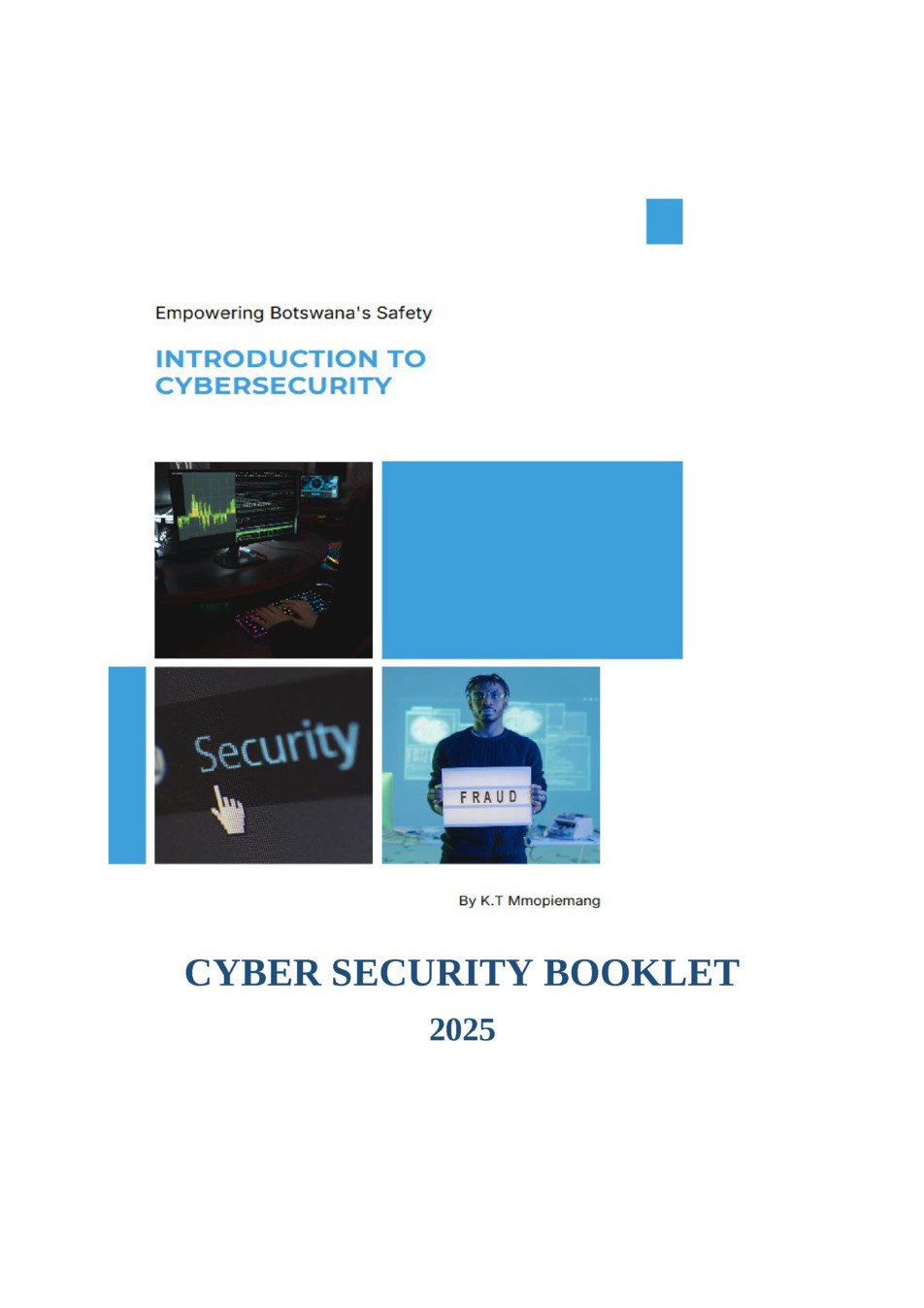INTRODUCTION TO CYBER SECURITY
INTRODUCTION TO CYBER SECURITY
Introduction to Cyber Security
Module 1: Importance of Cybersecurity
Cybersecurity is essential in today's digital world to protect computer systems, networks, and data from various cyber threats. It aims to ensure the confidentiality, integrity, and availability of critical information assets, mitigating risks associated with cyberattacks. Real-life examples highlight the significance of cybersecurity, such as data breaches, ransomware attacks, supply chain attacks, and phishing campaigns. The CIA Triad principles of confidentiality, integrity, and availability form the foundation of cybersecurity practices, safeguarding sensitive information and ensuring system reliability (p.1).
Module 2: Types of Cyber Threats and Attacks
The CIA Triad framework guides cybersecurity strategies to combat different types of malware, including viruses, worms, ransomware, and spyware. Password attacks and social engineering techniques like phishing target user credentials to gain unauthorized access. Denial of Service (DoS) attacks aim to disrupt computer or network resources, while insider threats pose risks from within an organization. Implementing strong passwords, multi-factor authentication, safe browsing habits, and email hygiene are crucial for mitigating cyber threats (p.2).
Module 3: Best Practices for Cyber Security
Ensuring device and software security through antivirus programs and regular updates is vital to protect against cyber threats. Safe browsing practices, secure use of public Wi-Fi, and data protection measures like encryption and backups help enhance cybersecurity defenses. It is essential to stay cautious about clicking on unknown links, verify website authenticity, and use VPNs for secure internet connections. Implementing access controls, data loss prevention tools, and regular backups are key practices for data protection and resilience against cyber incidents (p.3).

